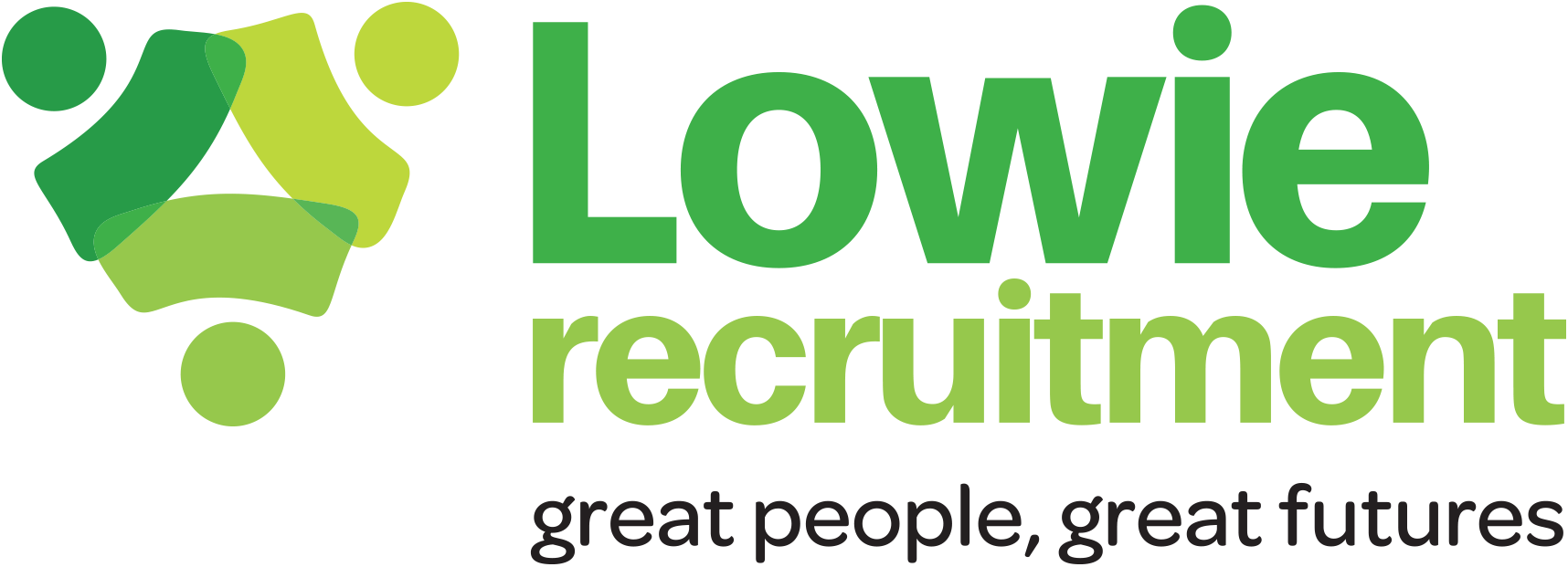No matter where you work, conflict can happen. Whether it’s a misunderstanding with a co-worker, a disagreement with your manager, or tension in a team project, knowing how to handle workplace conflict professionally and effectively.
Handled well, conflict can lead to growth, stronger working relationships, and better teamwork. However, if ignored or poorly managed, it can create stress, low morale, and a negative work environment. Here’s how to handle workplace conflict effectively.
👉 Example – Warehousing & Logistics: If you and a co-worker disagree on how to stack pallets, avoid snapping or rushing to prove your point. Instead, calmly explaining your reasoning and be open to discussing the best approach.
👉 Example – Healthcare: If a colleague questions how you handled a patient’s request, don’t take it personally. Explain your reasoning and be open to constructive feedback to ensure the best patient care.
Use “I” statements instead of blaming others. For example, say “I felt left out of the decision-making process” instead of “You never include me.”
Stick to the facts rather than assumptions. Focus on what happened, not personal opinions.
Keep it professional by avoiding gossip or bringing up unrelated past issues.
👉 Example – Manufacturing: If there’s a mix-up with a production order and your supervisor is frustrated, avoid getting defensive. Acknowledge the issue and suggest ways to prevent similar mistakes moving forward.
👉 Example – Hospitality: If a team member is taking long breaks during peak service, politely address the issue by saying, “I’ve noticed the team is struggling when you’re on break during the lunch hour. Can we work out a schedule that’s fair for everyone?”
Everyone has different experiences, opinions, and work styles. Taking a moment to understand the other person’s point of view can help you find common ground.
👉 Example – Construction: If a member of the crew prefers a different way of completing a task, consider why it may be more effective. You might learn something new or find a way that works for you both.
👉 Example – Retail: If a co-worker seems irritated when you ask a question during a rush, consider they might feel overwhelmed. Instead of getting frustrated, ask if there’s a better time to discuss your query.
The longer you ignore a conflict, the worse it can become. If you notice tension building, address the issue sooner rather than later.
👉 Example – Aged Care: If you feel overwhelmed with your workload and notice a co-worker isn’t contributing equally, have a respectful conversation before resentment builds.
👉 Example – Transport & Logistics: If there’s a misunderstanding about a delivery route with another driver, have a quick chat to clear up the issue before it affects workflow.
If a conflict can’t be resolved between you and the other person, don’t be afraid to seek help from a supervisor, manager, or HR department.
👉 Example – Warehousing: If ongoing disputes over shift schedules creates tension in your team, it’s best to raise the issue with a manager to find a solution.
👉 Example – Healthcare: If a co-worker repeatedly ignores hygiene protocols, report it to a supervisor as it could affect the patient’s safety. HR and management are there to ensure a safe and respectful work environment. They can mediate and provide guidance if needed.
Once a conflict is resolved, don’t hold grudges. Holding onto resentment can create ongoing tension and affect your work performance. Instead:
👉 Example: If you and a colleague disagreed on-site about the best way to complete a task but the supervisor made a final decision, accept the outcome and move on.
👉 Example: If a coworker apologises for a misunderstanding, don’t keep bringing it up. Focus on teamwork and maintaining a positive work environment.
Looking for a workplace where you feel supported and valued? Lowie Recruitment connects job seekers with roles that suit their skills and career goals. Check out our latestjob opportunities .
Handled well, conflict can lead to growth, stronger working relationships, and better teamwork. However, if ignored or poorly managed, it can create stress, low morale, and a negative work environment. Here’s how to handle workplace conflict effectively.
1. Stay Calm and Professional
When conflict arises, your first reaction matters. Avoid reacting emotionally—take a moment, stay composed, and approach the situation with a clear and professional mindset.- Avoid escalating the issue by raising your voice or getting defensive.
- Listen carefully before responding. Sometimes, just hearing the other person out can help resolve the issue.
- If emotions are running high, take a moment to cool down before addressing the problem.
👉 Example – Warehousing & Logistics: If you and a co-worker disagree on how to stack pallets, avoid snapping or rushing to prove your point. Instead, calmly explaining your reasoning and be open to discussing the best approach.
👉 Example – Healthcare: If a colleague questions how you handled a patient’s request, don’t take it personally. Explain your reasoning and be open to constructive feedback to ensure the best patient care.
2. Communicate Openly and Respectfully
Miscommunication is a common cause of workplace conflict. Clear, honest, and respectful communication is key to resolving issues effectively.👉 Example – Manufacturing: If there’s a mix-up with a production order and your supervisor is frustrated, avoid getting defensive. Acknowledge the issue and suggest ways to prevent similar mistakes moving forward.
👉 Example – Hospitality: If a team member is taking long breaks during peak service, politely address the issue by saying, “I’ve noticed the team is struggling when you’re on break during the lunch hour. Can we work out a schedule that’s fair for everyone?”
3. Try to See the Other Person’s Perspective
Everyone has different experiences, opinions, and work styles. Taking a moment to understand the other person’s point of view can help you find common ground.
- Ask questions to clarify their concerns.
- Acknowledge their perspective, even if you don’t fully agree.
- Compromise by finding a solution that benefits both parties.
👉 Example – Construction: If a member of the crew prefers a different way of completing a task, consider why it may be more effective. You might learn something new or find a way that works for you both.
👉 Example – Retail: If a co-worker seems irritated when you ask a question during a rush, consider they might feel overwhelmed. Instead of getting frustrated, ask if there’s a better time to discuss your query.
4. Address Issues Early
The longer you ignore a conflict, the worse it can become. If you notice tension building, address the issue sooner rather than later.
- Speak privately with the person involved rather than discussing it in front of others.
- Choose the right time and place – avoid bringing up conflicts in the middle of a stressful workday.
- Be solution-focused – instead of dwelling on the problem, work towards a resolution.
👉 Example – Aged Care: If you feel overwhelmed with your workload and notice a co-worker isn’t contributing equally, have a respectful conversation before resentment builds.
👉 Example – Transport & Logistics: If there’s a misunderstanding about a delivery route with another driver, have a quick chat to clear up the issue before it affects workflow.
5. Involve a Manager or HR When Necessary
If a conflict can’t be resolved between you and the other person, don’t be afraid to seek help from a supervisor, manager, or HR department.
- Explain the situation clearly and professionally.
- Instead of just listing complains, suggest possible solutions.
- Follow workplace policies for handling disputes.
👉 Example – Warehousing: If ongoing disputes over shift schedules creates tension in your team, it’s best to raise the issue with a manager to find a solution.
👉 Example – Healthcare: If a co-worker repeatedly ignores hygiene protocols, report it to a supervisor as it could affect the patient’s safety. HR and management are there to ensure a safe and respectful work environment. They can mediate and provide guidance if needed.
6. Focus on Moving Forward
Once a conflict is resolved, don’t hold grudges. Holding onto resentment can create ongoing tension and affect your work performance. Instead:
- Accept the resolution and move on.
- Keep interactions professional and positive.
- Learn from the experience and consider how you can prevent similar conflicts if the future.
👉 Example: If you and a colleague disagreed on-site about the best way to complete a task but the supervisor made a final decision, accept the outcome and move on.
👉 Example: If a coworker apologises for a misunderstanding, don’t keep bringing it up. Focus on teamwork and maintaining a positive work environment.
Final Thoughts
Workplace conflict can be an opportunity to improve communication, teamwork, and problem-solving skills. By staying calm, respectful, and solution-focused, you will be ready to handle conflicts professionally and effectively.Looking for a workplace where you feel supported and valued? Lowie Recruitment connects job seekers with roles that suit their skills and career goals. Check out our latest

